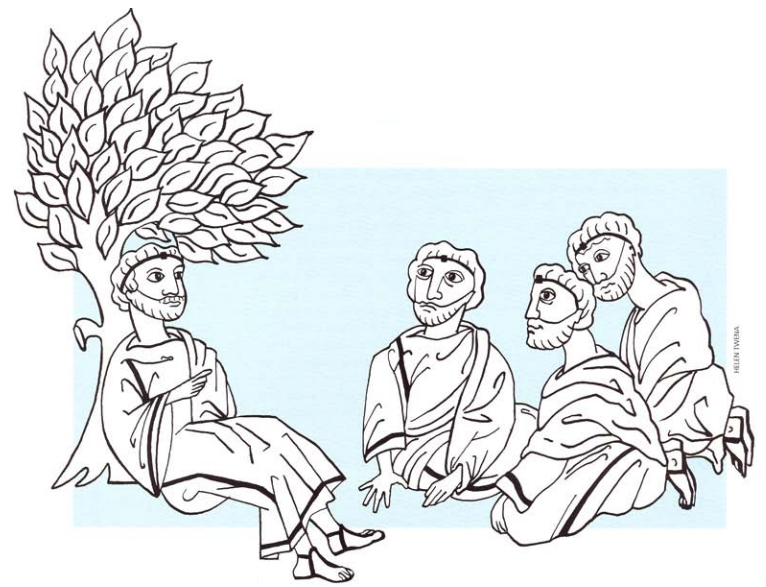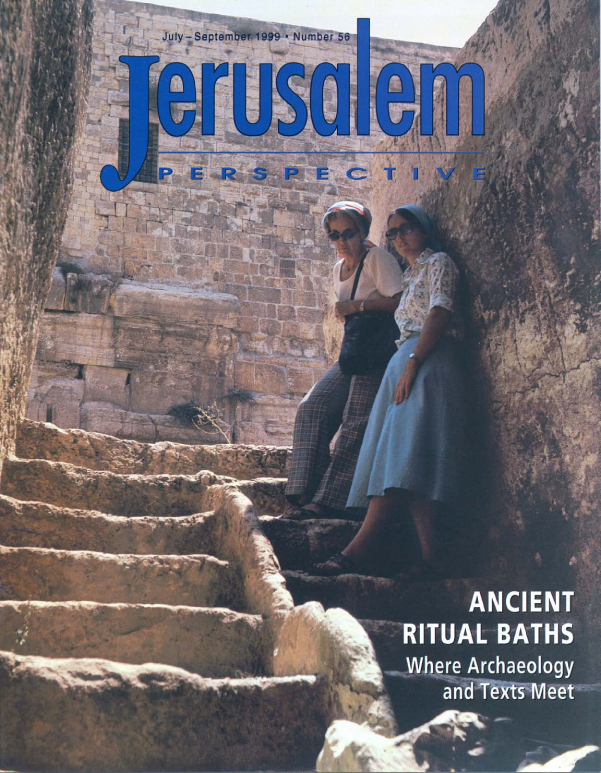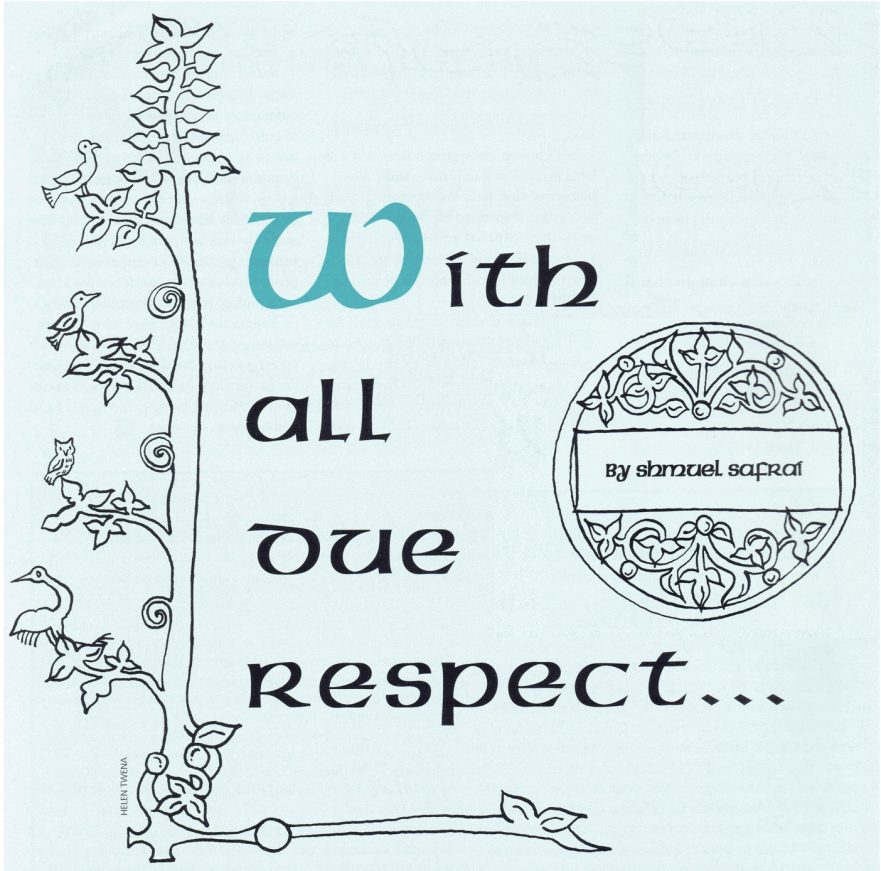The teacher-disciple relationship stood at the forefront of rabbinic culture. Like two adjoining links in a strong chain, a teacher passed on to his students what he had learned from his teacher. To ensure, however, that this body of learning, otherwise known as Oral Torah, never stagnated, a teacher also passed on his own innovations.

Sheltered from the relentless Mideastern sun by the branches of a tree, a sage sits with his students. In the quiet shade of vineyard watchtowers or under the roofed colonnades of bustling markets, sages taught their students in open-air “classrooms.” The teacher and his students are wearing tefillin, both on their heads and upper left arms, although the arm tefillin, covered by the folds of their talliths (outer robes), are not visible. (Note that the Scripture capsules of the head tefillin are extremely small, no wider than a small postage stamp.) Ritual tassels hang freely from the talliths’ corners. Typical of first-century Jewish preferences, their hair is short, and their beards are trimmed. Illustration: Helen Twena.
Sometimes a teacher’s innovations departed from or even contradicted that which his teacher had taught. Rabbinic culture permitted such moments, but they were governed by a strong sense of etiquette. An innovator always showed the utmost respect for his teacher. He could not correct his teacher in public on a mistaken point due to a lapse in his teacher’s memory (Babylonian Talmud, Menahot 64b). Nor could he teach near the same place where, at the same time, his teacher was teaching (Leviticus Rabbah 20:6-7). He could, however, cite his teacher’s opinion on some point of halachic or aggadic exegesis, and mention his own opinion after it.
Premium Members and Friends of JP must be signed in to view this content.
If you are not a Premium Member or Friend, please consider registering. Prices start at $5/month if paid annually, with other options for monthly and quarterly and more: Sign Up For Premium

- [1] In rabbinic literature one story even illustrates the reverse trend: a teacher (Yehoshua, a younger contemporary of Jesus) encouraging his students to accept an innovation from another teacher (Eleazar ben Azariah). Note how the revered Yehoshua expected innovations and new insights to be brought forth every Sabbath in the house of study.
A story about Rabbi Yohanan ben Beroka and Rabbi Eleazar Hasama, who were going from Yavneh to Lod and on the way paid a visit to [their teacher] Rabbi Yehoshua in Peki’in. Rabbi Yehoshua said: “What innovation was put forward in the house of study today?”
They said to him: “We are your pupils and we drink from your water [that is, All our learning we have acquired from you. The drinking of water refers to Torah study].”
He said to them: “It is not possible that no innovation was put forward in the house of study. Whose Sabbath was it [i.e., Who gave the lesson]?”
They said to him: “Eleazar ben Azariah’s.”
He said to them: “On what Scripture did he teach?”.... (Tosefta, Sotah 7:9)


![Shmuel Safrai [1919-2003]](https://www.jerusalemperspective.com/wp-content/uploads/userphoto/20.jpg)
